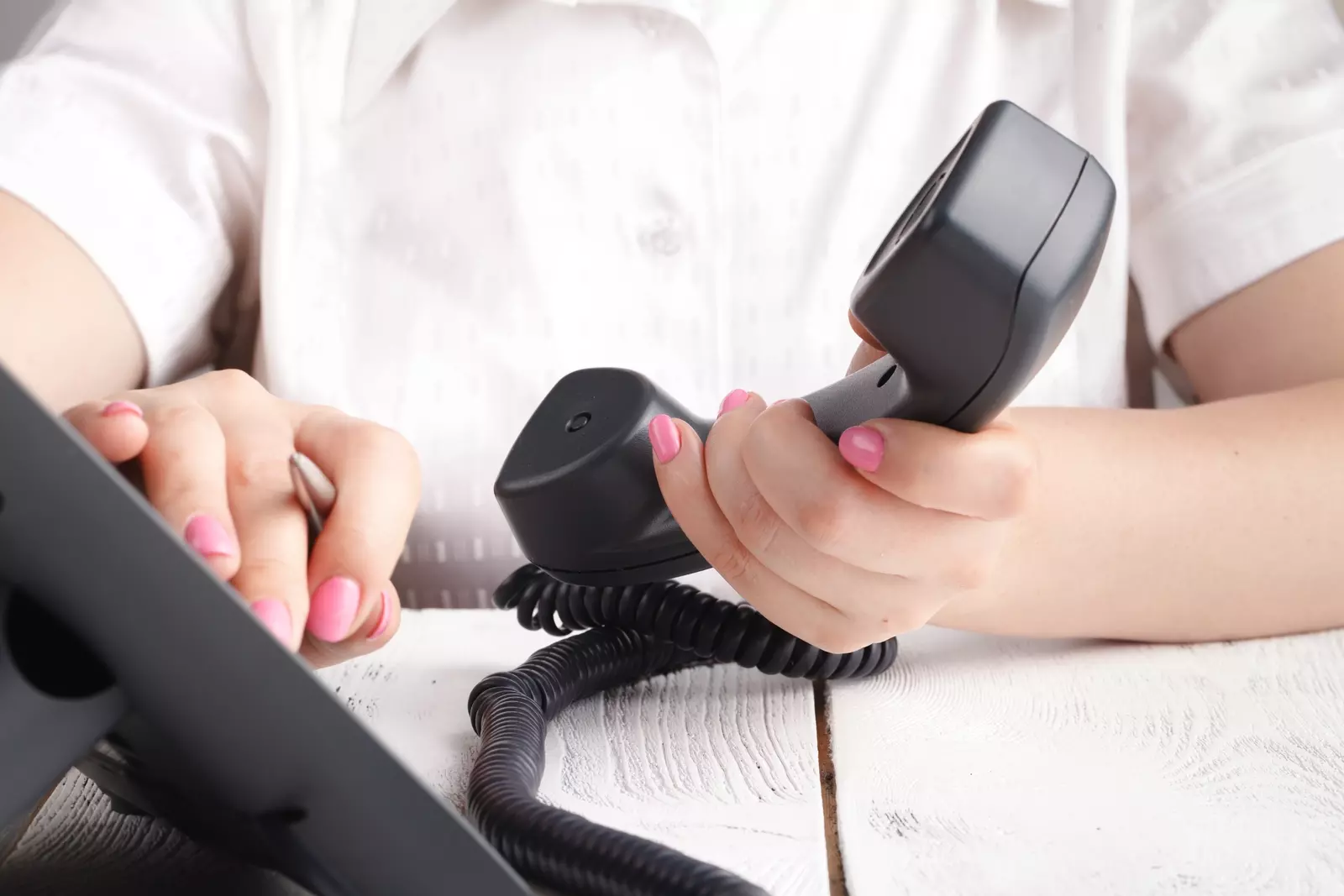Automated time and attendance systems are voracious digesters of data: punches, time-off requests, absence reporting, transfers, etc. Employers need to know who’s showing up for work - or not - and when, where and why.
To collect this data, employers have choices: time clocks, apps, telephony or Interactive Voice Response (IVR) systems, paper, etc. And those choices will grow. Voice assistants, such as Alexa will someday combine the advantages of IVR systems with mobile apps, letting employees record a punch or call-off using their voice, with an app running in the background. (At Asher Group, we’ve experimented with Amazon Alexa units for time tracking.)

For now, the major choices are time clocks, apps, and IVR systems.
When should you consider using a mobile method, like an app or IVR system? Here are five reasons for a mobile alternative:
Absence reporting. A universal application for mobile systems is call-off or absence reporting. Unexpectedly late or absent employees report their situation with an automated platform that asks what’s happening, why and for how long. The ROI for automation is incredibly high and the application is easily adapted to apps and IVR.
Mobile workforce. The most obvious use for app and IVR-based systems is for workers who move around a lot. Maintenance workers, mobile health professionals, and school bus drivers are just some examples.
Dispersed workforce. Some employees are scattered - working from home, small offices and shops, etc. Apps and IVR systems may be much more cost-effective in these places.
Convenience and time. Time clocks are many-to-one devices, with many people sharing a single device.
Employees walk to the time clock to punch in, then back to their office or workstation. And that can be both a hassle and a time waster.
We have one customer whose employees punch in using our Telephone Time Punch from their desk, saving the employee time and the employer money, since the worker is at their desk and working immediately after they’ve punched in. (At $15 an hour, walking 30 seconds to/from a time clock costs $5.25 a month.)
Touch-less punching. Although not literally touchless, using a personal phone accomplishes the same end goal: each person touching only their own device.
If you’ve decided you need a mobile punch or absence reporting method, which option do you then choose: app or IVR? Here are some considerations:
Ease of administration. Native apps require installation, training and support. Web apps may avoid installation, but still require training and support. As long as it’s a purely cloud-based service, an IVR system can be almost completely painless. For example, Asher Group IVR services provide everything needed to deliver the option to employees, including telephone lines, servers and software. And because cloud services leverage shared resources across multiple clients, busy signals and system failures associated with premise-based IVR systems are non-issues.
Ease of use. Both for employee satisfaction and economy of time, you want something that’s simple to use. Here, execution is critical. An app whose design makes it very clear and easy to punch in or report an absence is fine, but multiple clicks to get to the right menu are not. For IVR systems, everyone knows how to use the phone, but it’s critical that the system requires a minimum of steps. Fortunately, using a phone to punch or report an absence can be made very simple.
Universal access. The biggest advantage that IVR systems have over apps is the universality of phones. Because about 30% of the population doesn't have a smartphone, apps may not be an option unless an employer is willing to provide and pay for those devices.
Privacy and usage issues. Finally, some employees object to using their personal device and usage allowance for business purposes. An app using geo-location may increase a device’s battery consumption. And in the EU, there are concerns that an app using geo-location could run afoul of the General Data Protection Regulation. An IVR system, by contrast, can identify an employee’s location by the number they’re calling from at - and only at - the moment they are calling in, minimizing privacy concerns.
Or do you need to choose? Apps and IVR systems both capture punches, absence reporting and more. Which one is best may depend on the employee’s preferences and personal situation. Since both can update UKG systems, the best option may be to offer both to your workforce and let them choose. At Asher Group, we have a number of customers who are using our Telephone Time Punch in parallel with a UKG mobile app and even time clocks.
The content from this blog is courtesy of Jim Veilleux, VP of Marketing at Asher Group. To learn more about Asher Group and UKG partnership, visit our UKG Marketplace listing or download our brochure.



